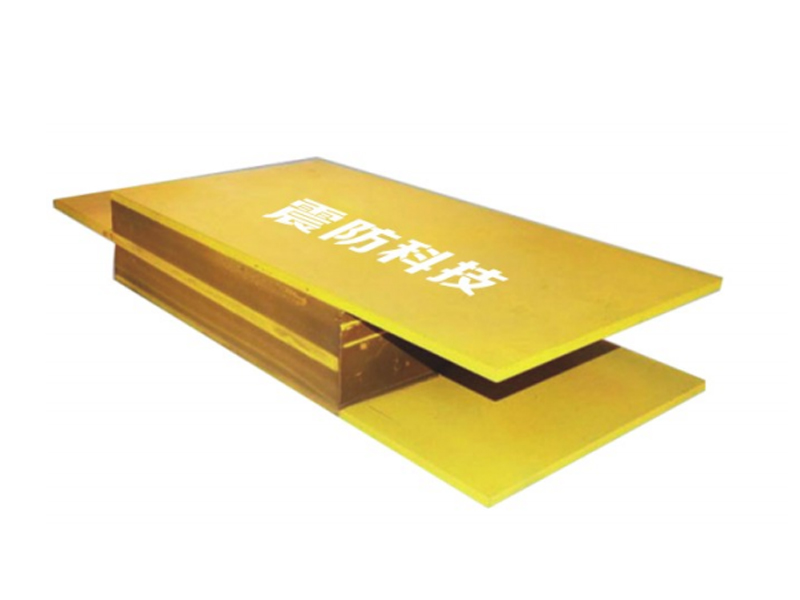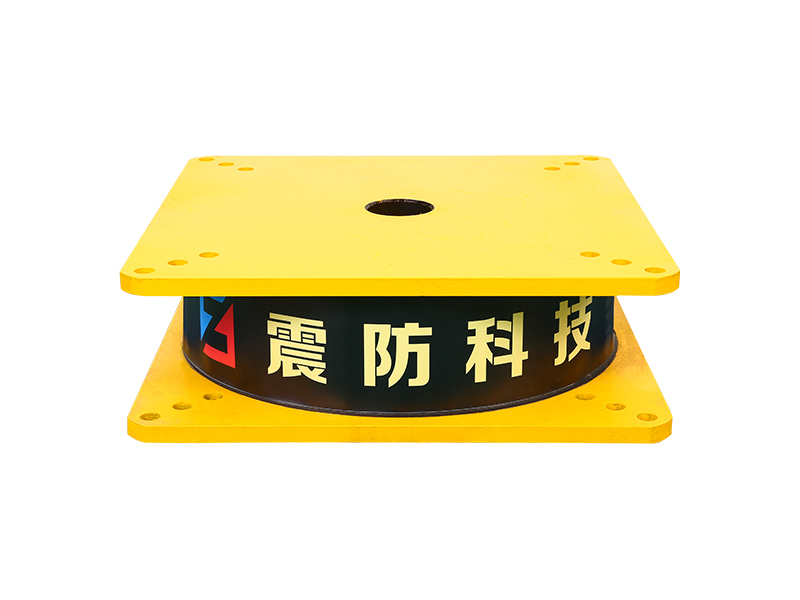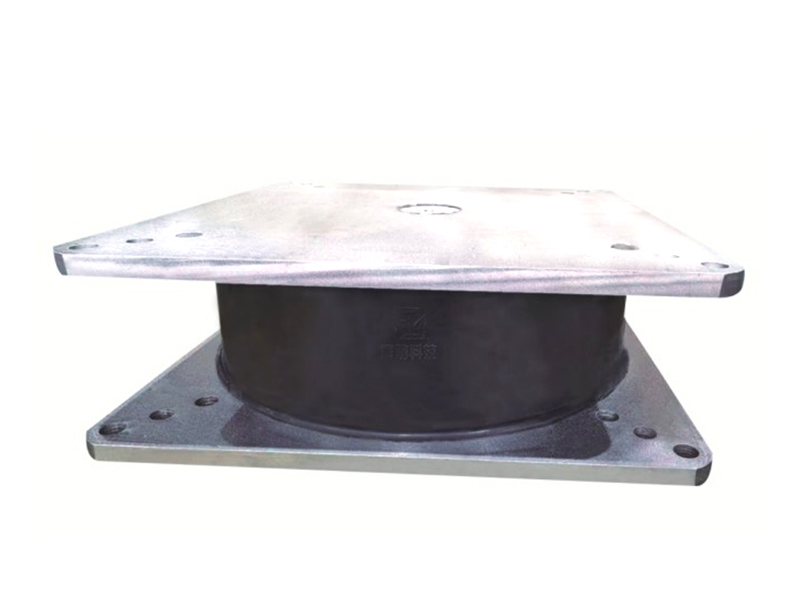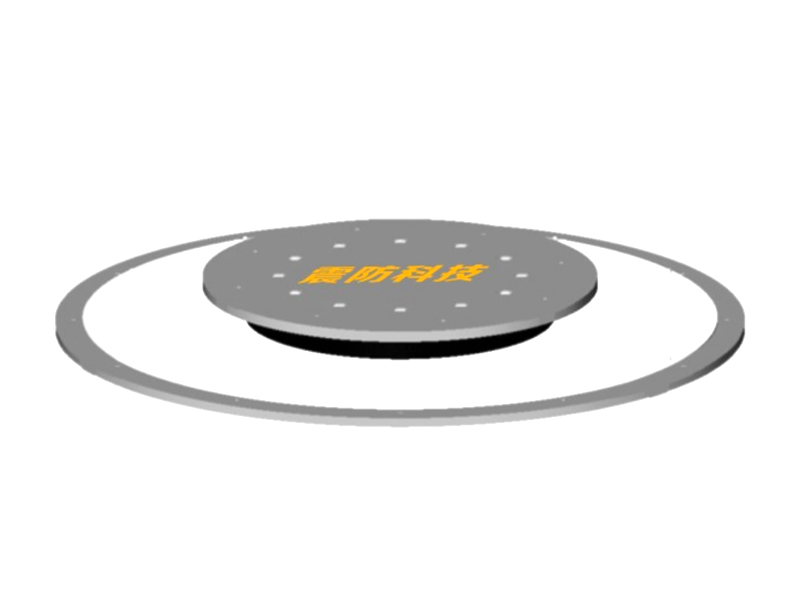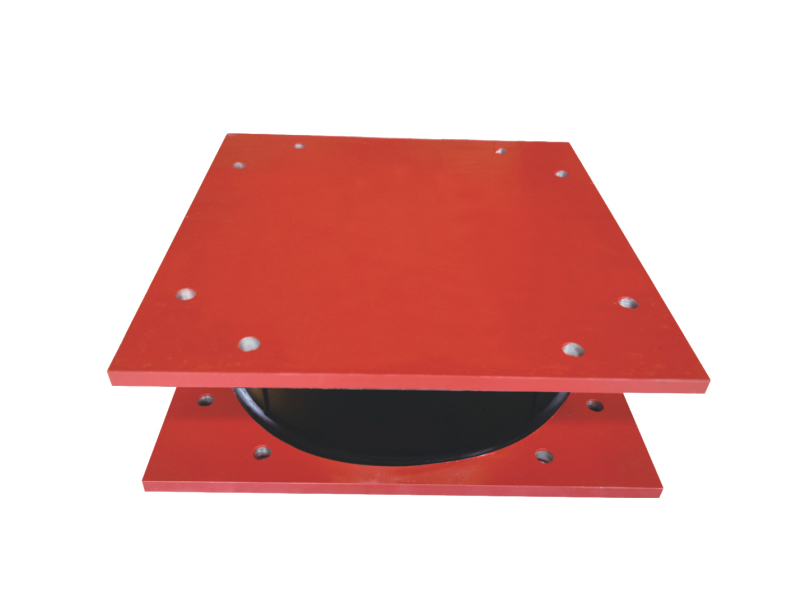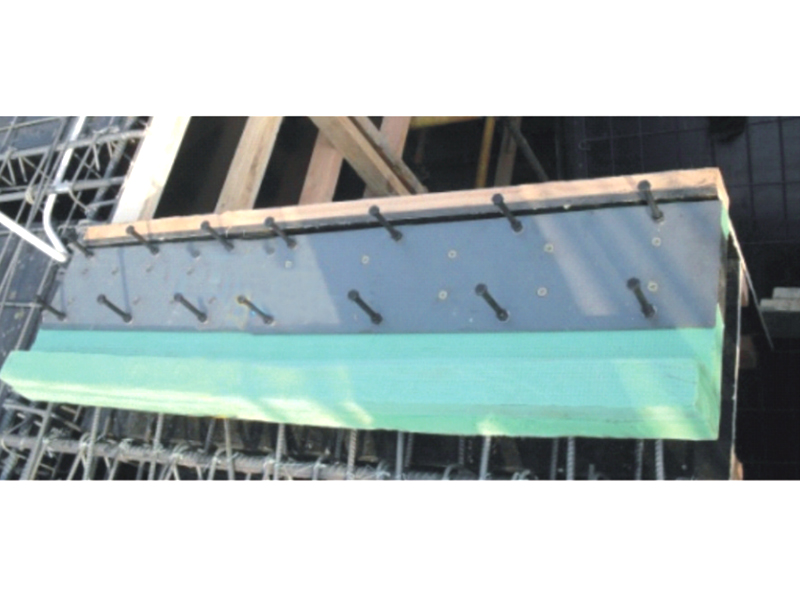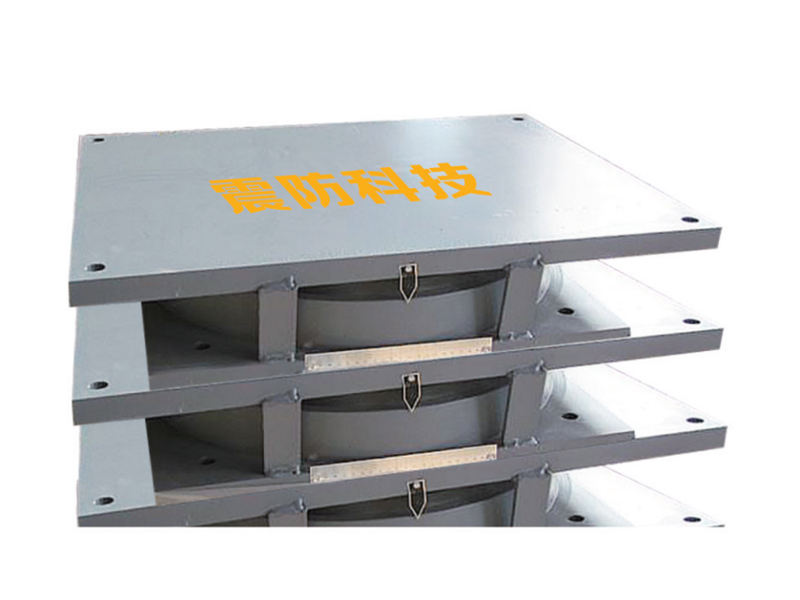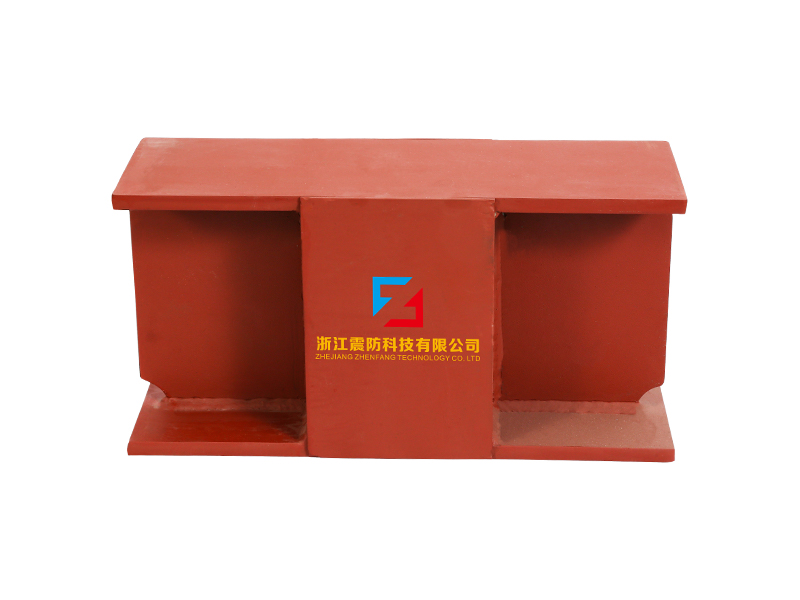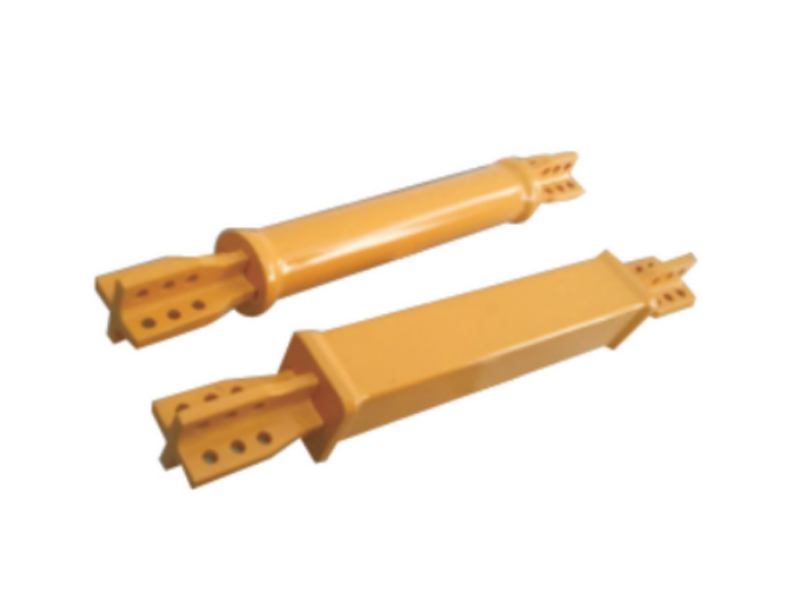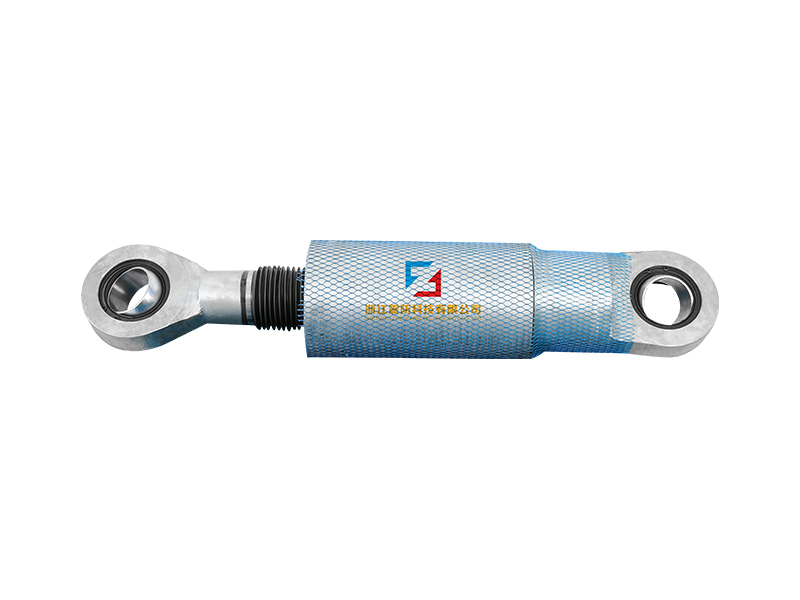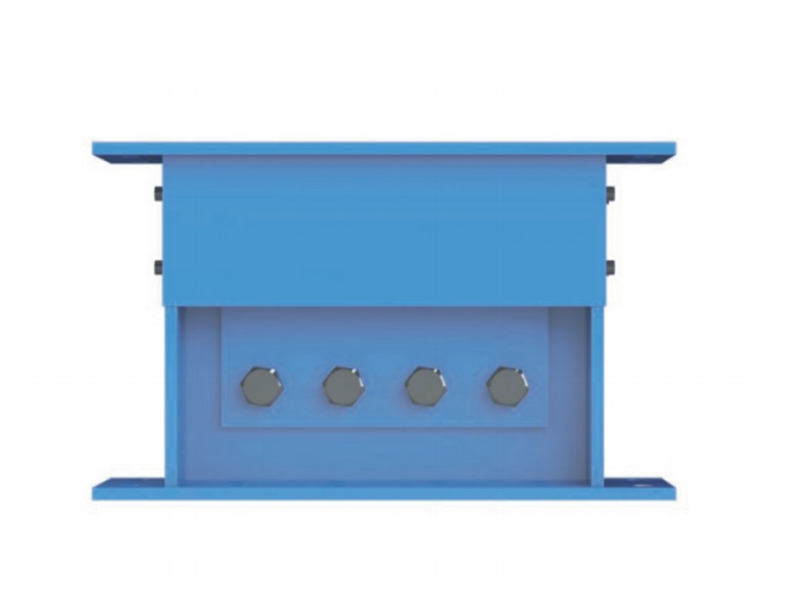Viscoelastic dampers have been used in buildings for many years. The World Trade Center is a famous example. While many people are aware of its design, few are aware of its application in the real world. Its structural stability was dependent on the type of elastomer used and the frequency of loading.
A viscoelastic damper is a flexible, elastic device used to control vibrations in an object. It has a small resistance to slow motion, but a significant damping effect on high-speed vibrations. It can be used to dampen the vibration of a pipe or structural member.
The viscoelastic damper is usually used in tall structures to mitigate wind and seismic vibrations. Its effectiveness is studied using two different cases. The first involves the use of a small-scale laboratory model. This model is subjected to a range of shaking table tests, and the second case deals with the damper's effectiveness. The results of both cases show a good agreement. These two cases show that the damper is useful in minimizing the vibrations caused by a low-frequency wind.
The use of viscoelastic dampers for seismic reinforcement of structures is a common method for reducing damages. Various studies have been conducted to determine the optimal material for VEMs. Depending on its properties, a viscoelastic damper can reduce the effects of axial loads and vibrations. It also provides shear viscoelastic behavior after dynamic excitation. Its characteristics are a useful tool for determining structural performance and durability.
The performance of a viscoelastic damper depends on the working frequency, temperature, and excitation displacement. It has a high energy dissipation capability and a regular hysteresis loop. The loss factor e, nV, AV, and kV are the fundamental constants for describing the performance of a VED. These constants define the damping capacity.
One type of viscoelastic damper is the VICODA damper. It uses bitumen-based fluids that provide high damping at 5 Hz, at a temperature of 10 degrees Celsius, and in various pressures. In addition, the VICODA damper can be retrofitted to existing piping systems.
A viscoelastic material is a type of material that has a rubber-like characteristic. This behavior is related to the thermodynamics of polymer elasticity. This type of material requires less work to stretch compared to a rigid one. Its properties also depend on the temperature of the material.
